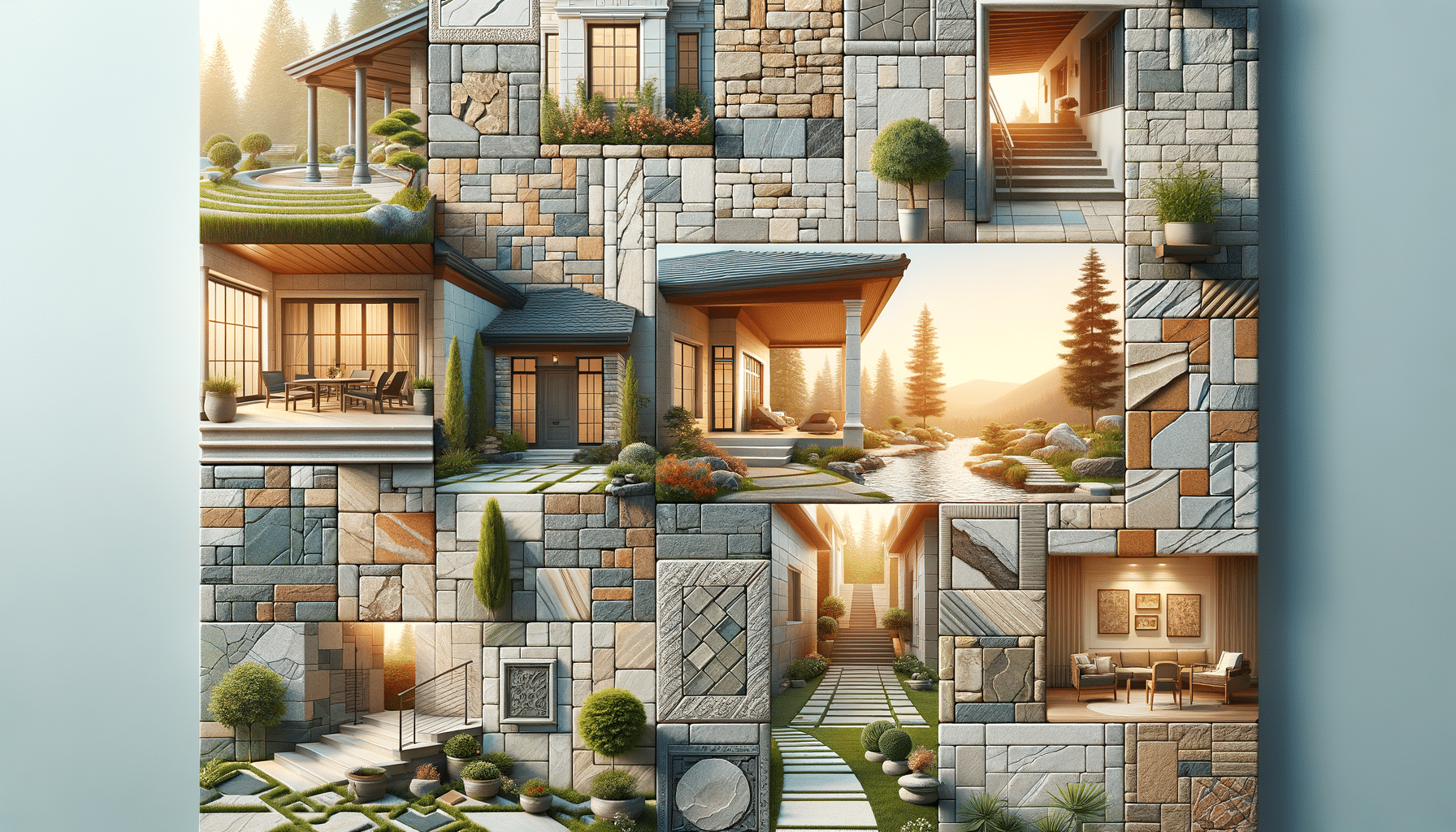
Exploring the Versatility and Benefits of Stone Panels
Introduction to Stone Panels
Stone panels have become a popular choice in modern architecture and interior design, offering a blend of aesthetic appeal and functional benefits. These panels are crafted from natural stone or engineered composites, providing a unique texture and appearance that can enhance any space. The versatility of stone panels allows them to be used in a variety of applications, from exterior facades to interior feature walls. Their popularity is driven by their durability, low maintenance requirements, and the timeless beauty they bring to any design project.
Applications and Uses of Stone Panels
Stone panels are used in a wide range of applications, both indoors and outdoors. They are frequently employed in building facades, providing a striking exterior that is both weather-resistant and aesthetically pleasing. Inside, stone panels can be used to create stunning feature walls, fireplaces, and even kitchen backsplashes. The natural variations in color and texture make each panel unique, adding character and depth to any design.
In commercial settings, stone panels are often used in lobbies and reception areas to create an impression of luxury and sophistication. They are also favored in hospitality design, where their durability and low maintenance make them ideal for high-traffic areas. Additionally, stone panels are used in landscaping, where they can be incorporated into garden walls, water features, and outdoor living spaces.
Benefits of Using Stone Panels
The benefits of stone panels extend beyond their visual appeal. One of the primary advantages is their durability. Stone panels are resistant to weathering, making them suitable for both interior and exterior applications. They are also fire-resistant and can provide additional insulation, contributing to energy efficiency in buildings.
Another benefit is the low maintenance required. Unlike other materials that may require frequent painting or sealing, stone panels maintain their appearance with minimal upkeep. This makes them a cost-effective choice over the long term. Additionally, the installation process for stone panels is relatively straightforward, which can reduce labor costs and construction time.
Environmental Considerations
Stone panels can also be an environmentally friendly choice. Natural stone is a sustainable material, and many manufacturers are now producing panels from recycled materials or utilizing environmentally responsible quarrying practices. This reduces the environmental impact of production and supports sustainable building practices.
Furthermore, stone panels can contribute to the energy efficiency of a building. Their natural insulating properties help maintain indoor temperatures, reducing the need for heating and cooling. This can lead to significant energy savings over the life of the building.
Conclusion: The Timeless Appeal of Stone Panels
In conclusion, stone panels offer a versatile and beneficial option for architects and designers seeking to enhance their projects with natural beauty and durability. Their wide range of applications, coupled with their environmental benefits and low maintenance requirements, make them an attractive choice for both residential and commercial projects. As design trends continue to evolve, stone panels remain a timeless option that can adapt to any style or setting.